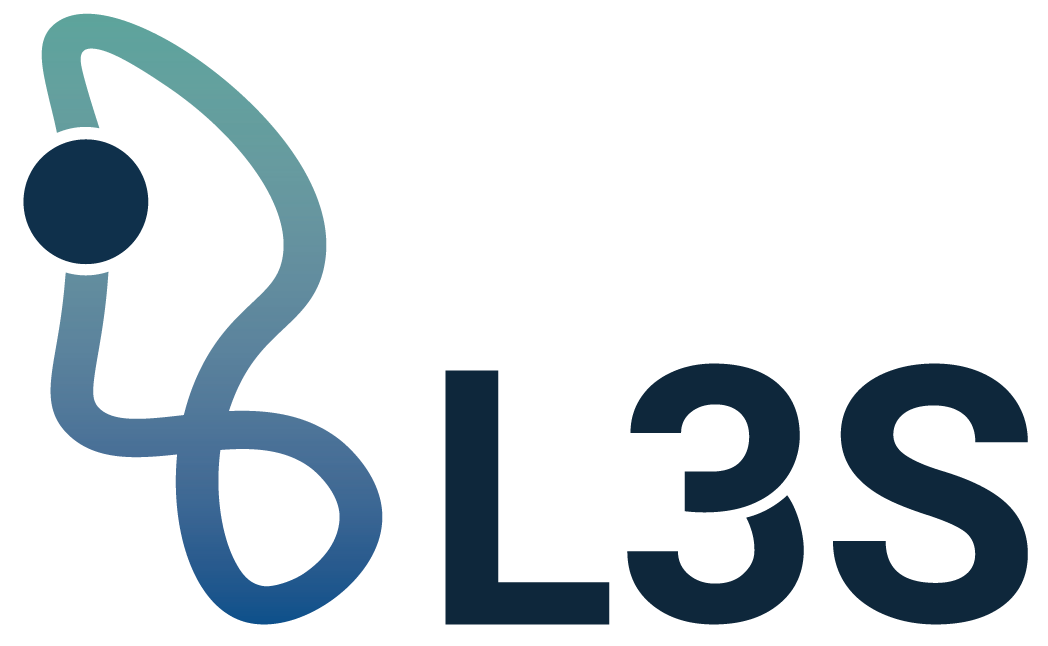|
so:text
|
Here I need not go into the paradoxes and mysteries of Kabbalistic theology concerned with the seflroth and their nature. But one important point must be made. The process which the Kabbalists described as the emanation of divine energy and divine light was also characterized as the unfolding of the divine language. This gives rise to a deep-seated parallelism between the two most important kinds of symbolism used by the Kabbalists to communicate their ideas. They speak of attributes and of spheres of light; but in the same context they speak also of divine names and the letters of which they are composed. From the very beginnings of Kabbalistic doctrine these two manners of speaking appear side by side. The secret world of the godhead is a world of language, a world of divine names that unfold in accordance with a law of their own. The elements of the divine language appear as the letters of the Holy Scriptures. Letters and names are not only conventional means of communication. They are far more. Each one of them represents a concentration of energy and expresses a wealth of meaning which cannot be translated, or not fully at least, into human language. There is, of course, an obvious discrepancy between the two symbolisms. When the Kabbalists speak of divine attributes and sefiroth, they are describing the hidden world under ten aspects; when, on the other hand, they speak of divine names and letters, they necessarily operate' with the twenty-two consonants of the Hebrew alphabet, in which the Torah is written, or as they would have said, in which its secret essence was made communicable. (en) |

